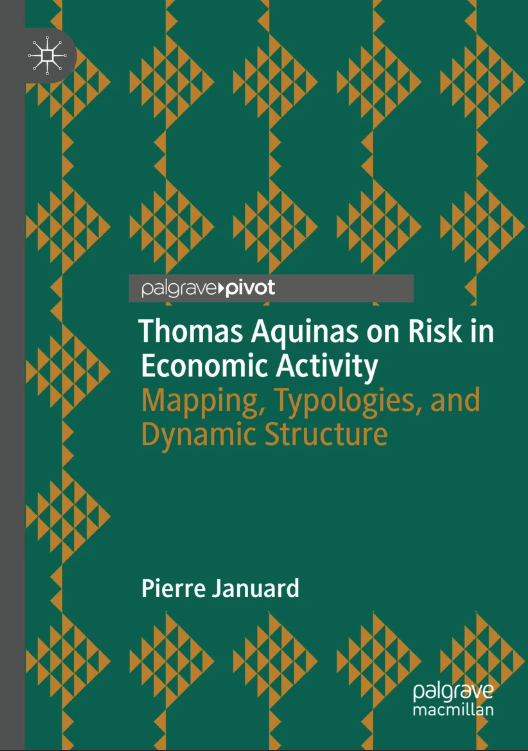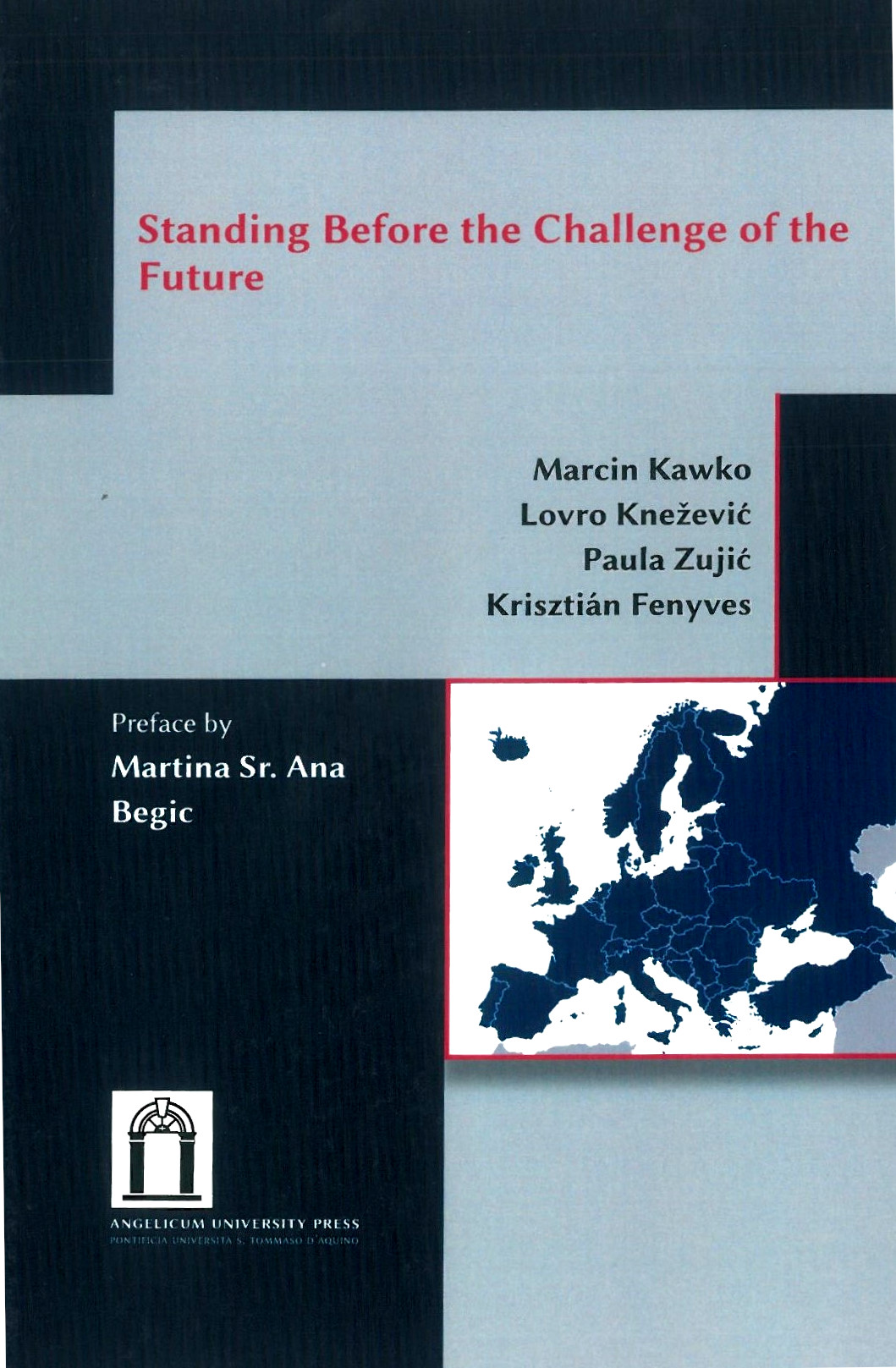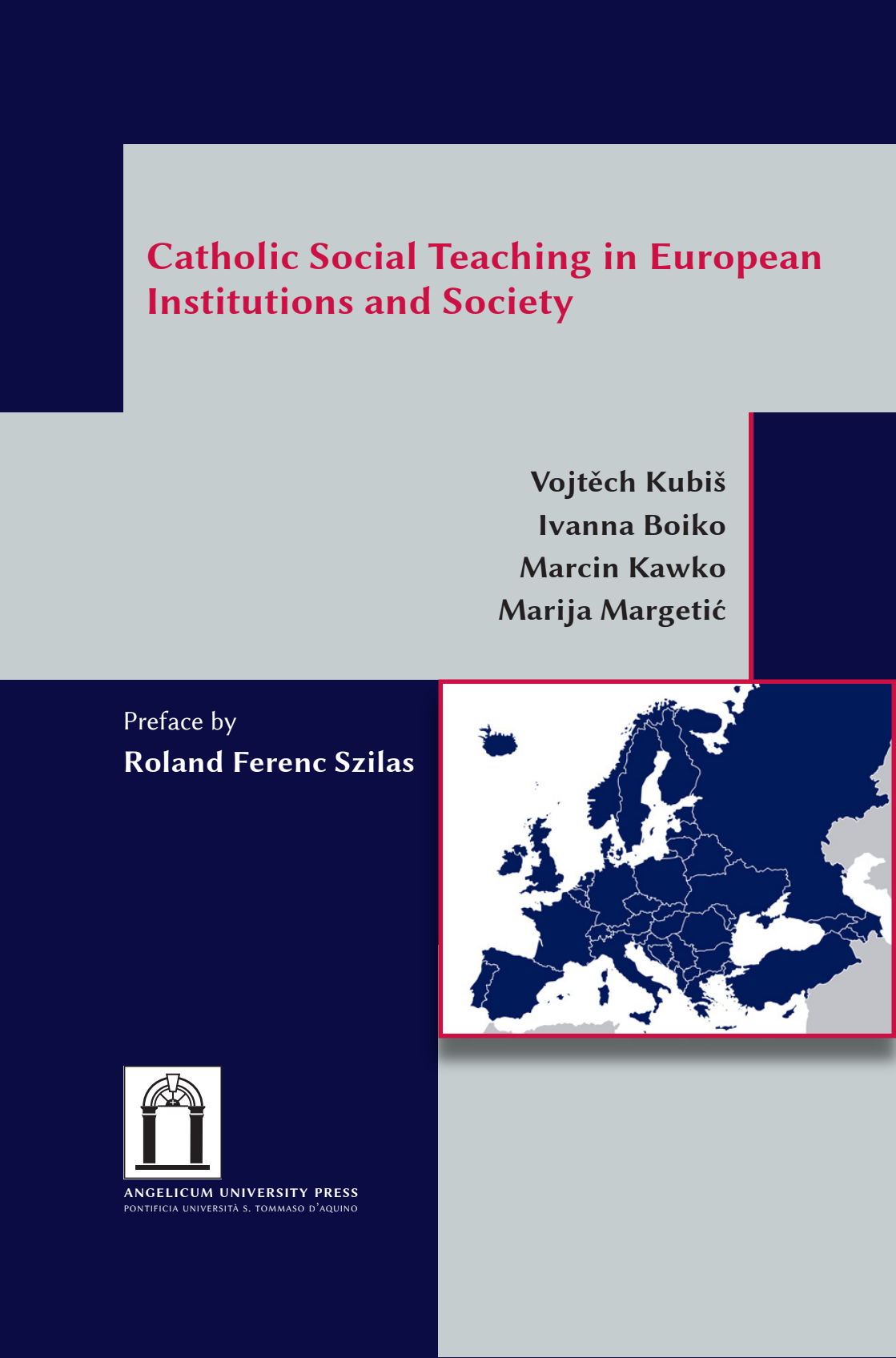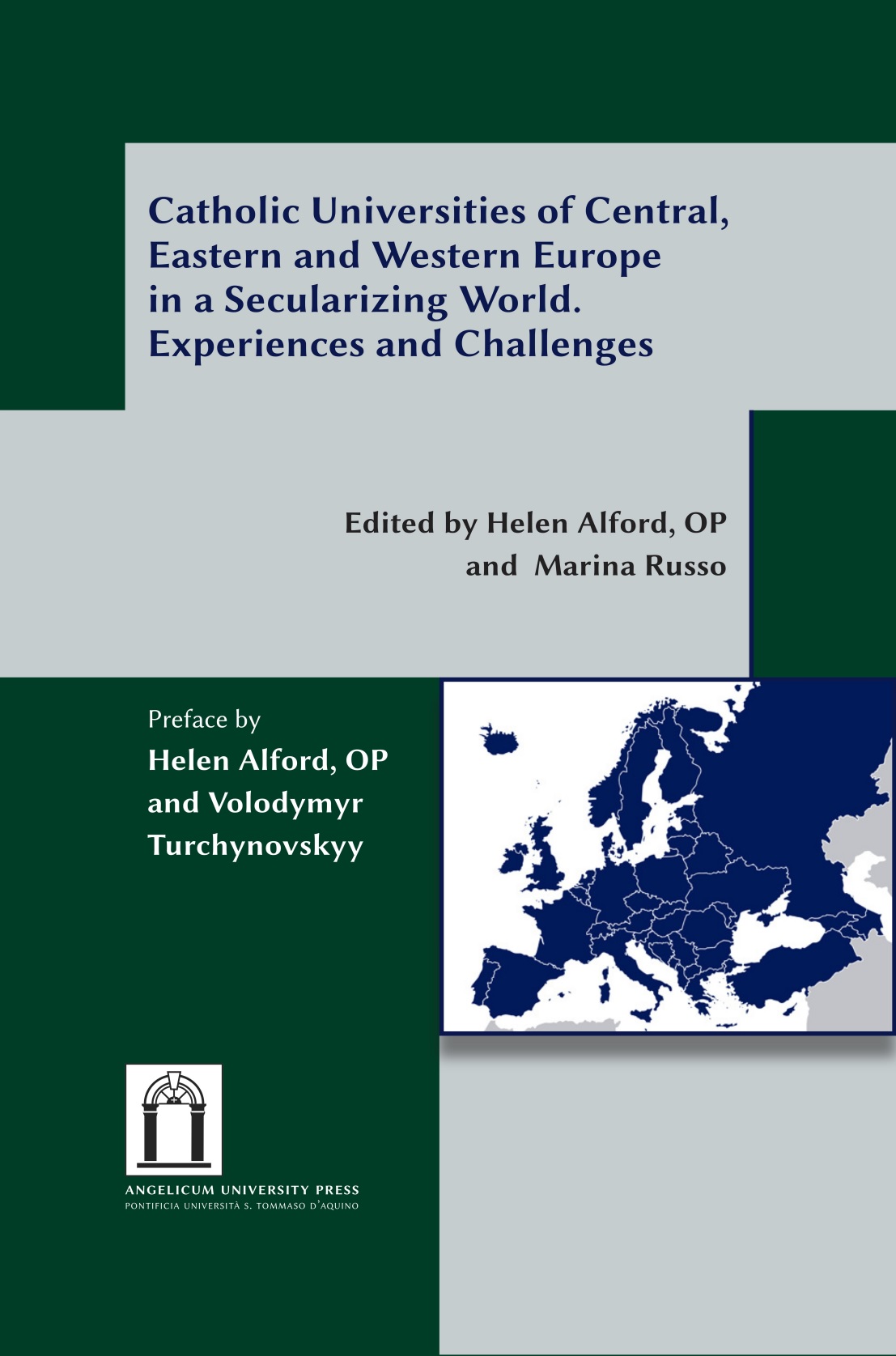 That Catholic education in the United States is of importance not only for American Catholics, but also for the Catholic world as a whole, is beyond doubt. There are over 200 Catholic colleges and universities in the United States and their enrollment has since the 1990s increased at nearly three times the national average (18.8% compared to 7% for the national average).1 In addition, Catholic colleges and universities in the U.S.A. account for one out of every eight Catholic institutions of higher learning in the world.2 Thus, even while some 90% of Catholic students in the U.S.A. attend non-Catholic institutions,3 the significance and role of Catholic higher education in the U.S.A. should not be underestimated.
That Catholic education in the United States is of importance not only for American Catholics, but also for the Catholic world as a whole, is beyond doubt. There are over 200 Catholic colleges and universities in the United States and their enrollment has since the 1990s increased at nearly three times the national average (18.8% compared to 7% for the national average).1 In addition, Catholic colleges and universities in the U.S.A. account for one out of every eight Catholic institutions of higher learning in the world.2 Thus, even while some 90% of Catholic students in the U.S.A. attend non-Catholic institutions,3 the significance and role of Catholic higher education in the U.S.A. should not be underestimated.
Despite this prominence, many have asserted that Catholic colleges and universities have succumbed to a general secularism such that the distinctive Catholic intellectual contribution to the Church and society they once provided has been compromised, if not lost altogether.4 These scholars recount a story not dissimilar to the de-Christianization and secularization of once robustly Protestant institutions of higher learning, such as Harvard, Yale, and Princeton, in a trend that began even earlier, notably from the beginning of the twentieth century.5 In these Protestant institutions, as in Catholic institutions from the middle of the twentieth century, and notably from the fateful 1967 Land O'Lakes Statement,6 the dismantling of traditional institutional ties, faculty composition, and curricular structures away from explicitly Christian and ecclesial frameworks was not intended to reduce the Christian faith and practice of students. Rather, it was intended to provide an atmosphere in which the faith might well thrive, but in which academic excellence, and not fidelity, would be the principal standard. The distance between these historically Protestant institutions and their present composition is well known. Whether Catholic institutions have irrevocably fallen into the same dynamics of secularism remains an issue both of recent study and of competing interpretations.
The results of recent surveys conducted by the Higher Education Research Institute (HERI) at the University of California, Los Angeles, of students attending thirty-eight Catholic colleges and universities in the U.S.A. in 1997, 2001, 2004, and 2007, have been discussed and analyzed, yielding different conclusions, by the Cardinal Newman Society (CNS)7 and the Center for Applied Research in the Apostolate (CARA) at Georgetown University in Washington, D.C.8 The survey asked students to identify their religious identity as Catholic or not, as well as to assess both their belief and their practice in an array of moral, social, and spiritual matters of importance to the Catholic faith, such as attitudes about abortion, the legal recognition of same-sex unions, frequency of attendance at Mass, and the frequency of personal prayer. The CNS study in 2003 was based on the data gathered by the HERI surveys conducted in 1997 and 2001, viz. of students, both Catholic and non-Catholic, at 38 Catholic colleges and universities both in their freshman (first year) and senior (final, i.e. fourth year) year of undergraduate studies, both tracking the overall responses and dividing out the responses by those students self-identified as Catholic. The specific goal was to assess the change, if any, in students' attitudes towards these elements of Catholic belief and practice using a longitudinal study, and to identify what, if any, impact was had by having attended a Catholic college or university. While admitting that "the 38 colleges included in the survey were not selected with an eye to obtaining a representative sample of the whole group" of students at Catholic colleges and universities, the CNS study asserts that "in the absence of any other comparable material showing the performance of Catholic schools, the survey results deserve careful scrutiny."9 The CNS study was animated by the expectation that "regardless of where students begin their college journey, Catholic colleges should be helping move students closer to Christ, and certainly doing a better job of moving students toward the Catholic faith than secular colleges do."10
The CNS study of 2003 reaches the conclusion that "Catholic colleges are not significantly different from the secular schools in terms of their effect on students' belief and conduct."11 Specifically, this means that Catholic students, whether attending Catholic, nonsectarian, or non-Catholic religious institutions will manifest a departure from the teachings of the Church and from those practices recommended by and required by the Church. Indeed, while some people came to the Catholic faith during this period, a greater percentage of Catholics departed from the faith, yielding a net loss to the Church, a fact no less true in Catholic colleges than in non-Catholic ones.
These findings were buttressed by a subsequent study by QEV Analytics in 2008 for the Center for the Study of Catholic Higher Education of the Cardinal Newman Society.12 For this study, QEV Analytics surveyed students from a wider array of institutions ("at least 128 Catholic colleges and universities, representing 62% of the universe of 208 institutions with undergraduate programs for lay students"13) than the HERI study (38 institutions), and while the number of respondents was admittedly lower (only 251 current students and 255 recent graduates), there was "a high degree of compatibility between the obtained survey sample and the profile of current students at Catholic colleges and universities."14 While the QEV Analytics study yields interesting conclusions distinguishing the responses not only by religious affiliation, but also distinguishing self-identified Catholics from "sacramentally-active Catholics" ("those who attend Mass at least once a week and participate in the Sacrament of Reconciliation at least once a year"15), as well as from the perspective of gender,16 the overall conclusion of the study mirrors the conclusion of the CNS study of 2003, viz. "that the experience of attending a Catholic institution made no difference in their support for the Catholic Church or its teaching or their participation in Catholic Sacraments."17 In further support of its claim regarding the lack of a distinctive Catholic education at such institutions, the study notes, "Nearly half the sacramentally-active Catholics and nearly three-quarters of the respondents for whom Catholic identity was very important to their college selection want their colleges and universities to have a stronger Catholic identity,"18 in such things as encouraging Mass attendance and Reconciliation, encouraging community service and social justice activities, requiring more Catholic theology courses, encouraging sexual abstinence, and providing guest speakers supportive of Catholic doctrine.19
The CARA study of 2010, in part in response to the conclusions of the CNS study in 2003, made use of the same data gathered by HERI in 1997 and 2001, but supplemented this with a subsequent and similar survey conducted by HERI of students at Catholic colleges and universities in the U.S.A. in 2004 and 2007. In addition to the questions asked in the original survey, this more recent HERI survey included as an addendum the College Student Beliefs and Values (CSBV) survey, which provides data from "14,527 students at 148 U.S. colleges and universities ... administered to freshmen respondents in 2004 and again to these students as juniors [i.e. third-year students] in spring 2007."20 The authors of the CARA study express a common concern with the CNS study that Catholic colleges should help students move closer to Christ and do so better than secular colleges.21 However, the CARA report disputes what it takes to be the claim of the CNS study of the negative impact of Catholic colleges and universities on the Catholic belief and practice of its students. Rather, the CARA study, while admitting difficulties in isolating the impact of "self-selection issues" on the data, nonetheless contends that "Catholic colleges and universities appear to be doing no harm - certainly in comparison to other types of higher education institutions - and at a more subtle level may be increasing their student's [sic] Catholicity."22 The CARA study reaches this conclusion not by disputing the general departure of Catholic students at Catholic universities and colleges from Catholic belief and practice, but by noting that, in general this occurs at a rate either less than, or at worst no different from, the general departure from the same by the overall adult population of Catholics in the U.S.A. Indeed, on some issues, the CARA study notes that there was actually an overall move towards the Catholic position or practice, even if not in full agreement with it. Likewise, the departure of students from the Catholic faith itself can, the study argues, be attributed to those "already weak in practice or belief upon entering college,"23 rather than on any negative impact of the school itself. Indeed, it is just this need to place the attitudes of Catholic college and university students in the context of larger social dynamics that leads the authors of the CARA study to assert that it is necessary to interpret rightly the data collected by HERI and which yield the support for the claim of a "subtle increase" in students' Catholicity.
The assertion in the CARA study that the evidence of the departure by Catholic students from their Catholic faith and practice over the course of their studies at Catholic institutions of higher learning does not justify the conclusion that these institutions have a negative impact on their students' faith and practice seems sound. If the worst that can be demonstrated of these schools is that students in attendance mimic the behavior of the American Catholic population as a whole, this suggests that there is a more general cause, namely something about American culture, which is responsible, and not the schools themselves. On the other hand, the sanguine attitude of the CARA study as regards the positive impact of these schools seems likewise indefensible. After all, the fact that there is some evidence of a move towards Catholic belief and practice, at least enough to reduce the overall drift away, is at least as likely, and probably more so, due to the tendency of those students who engage their faith actively during their years of study to be more, rather than less observant. After all, a separate study by CARA demonstrates the positive effect of Catholic campus ministries, i.e. including those on non-Catholic campuses, on such questions as future Mass attendance, parish registration, parish involvement, reading Catholic literature or journalism, interest in the academic study of theology, parish giving, the importance of Catholic faith in one's life and of service to the poor and suffering as a component to that faith, service in lay ministry, consideration of a priestly or religious vocation, and encouragement of others to pursue a priestly or religious vocation.24 In other words, is it not more likely that the "subtle increase" in students' Catholicity noted by the CARA study of 2010 is attributable rather to those students who engaged in those aspects of Catholic life and study they might as easily have engaged in at a state university, non-Catholic religious college, or private, nonsectarian institution? If so, would this not suggest that the environment, intellectual as well as cultural and experiential, at Catholic colleges and universities is effectively secular, however it might be rhetorically or intentionally Catholic? Is this not the real assertion of the CNS studies, not that Catholic schools are positively bad for the faith, but that, to the extent that they fail meaningfully to move their students closer to Christ, they are failing at the very task which justifies their establishment in the first place? Said differently, nothing about the CARA study counters the assertion of Alfred J. Freddoso of the University of Notre Dame that his own university, and one might suggest many other Catholic schools of higher learning in the U.S.A. are less Catholic institutions than "like a public school in a Catholic neighborhood" in which "it is the neighborhood, rather than the academic and intellectual life on campus, that most administrators and faculty members and students have in mind" when asserting the "Catholic character" of the school.25
How one ought to respond to this situation is less than clear. To attempt to transform the great Catholic universities from their current form and structure to a more overtly Catholic program of studies is a task not simply Herculean, but indeed inconceivable. It would entail the reversal of decades of development of self-understanding and a restructuring of faculty, staff, curriculum, and the like beyond any reasonable expectation for institutions of such size. That they can and should do what they can to remain at least "public schools in Catholic neighborhoods" is surely not the worst solution. Although not without their critics,26 some such universities have produced Catholic Studies programs or similar endeavors to "resource" students in the classic thought of Catholic education within an otherwise decentralized and deracinated university curriculum. There are also, of course, less prominent schools, such as Thomas Aquinas College in California or the Thomas More College of Liberal Arts in New Hampshire, which accomplish at the undergraduate level what used to be the distinctive and distinctively integrated contribution of Catholic education in the U.S.A. Moreover, there are the prominent Newman Centers, notably the St. John's Catholic Newman Center at the University of Illinois, which sponsors not only the sacramental, devotional, and service aspects of Catholic life, but also a residence and, most notably, courses in Catholic thought available for academic credit.
academic credit.
In short, there are strategies available to restore to the U.S.A. a vibrant, Catholic contribution to the intellectual, cultural, and social discourse. The Church is not without models both recent and historical to engage the world and to provide her own faithful students with the richness of her wisdom. What does remain in doubt is whether the venerable institutions of higher learning, constituted as they are now, are viable means by which this response to secularism within the Church and in society as a whole can be made.
NOTES:
1 United States Conference of Catholic Bishops, Catholic Information Project: The Catholic Church in America - Meeting Real Needs in Your Neighborhood (Washington, D.C.: USCCB, August 2006), 11.
2 Statistic from the Association of Catholic Colleges and Universities, http://www.accunet.org/i4a/pages/index.cfm?pageid=3513 (Accessed 25 April 2011).
3 Jonathan L. Wiggins, "The Impact of Catholic Campus Ministry on the Beliefs and Worship Practices of U.S. Catholics," CARA Special Report (Fall 2005): 6-7.
4 For a representative sample of recent literature, see James Tunstead Burtchaell, C.S.C., "Chapter 6. The Catholics," The Dying of the Light: The Disengagement of Colleges and Universities from their Christian Churches (Grand Rapids, Michigan, and Cambridge, U.K.: William B. Eerdmans Publishing Company, 1998), 557-742; Melanie M. Morey and John J. Piderite, S.J., Catholic Higher Education: A Culture in Crisis (New York: Oxford University Press, 2006); Anne B. Hendershott, Status Envy: The Politics of Catholic Higher Education (New Brunswick, New Jersey: Transaction Publishers, 2009); Alasdair MacIntyre, God, Philosophy, and Universities: A Selective History of the Catholic Philosophical Tradition (Lanham, Maryland: Rowman & Littlefield Publishers, Inc., 2009).
5 Jon H. Roberts and James Turner, The Sacred and the Secular University (Princeton, New Jersey, Princeton University Press, 2000).
6 Burtchaell, 595, 715; for the text of the Statement, see Alice Gallin, O.S.U., ed., "Land O'Lakes: The Nature of the Contemporary Catholic University," American Catholic Higher Education: Essential Documents, 1967-1990 (Notre Dame, Indiana, and London: University of Notre Dame Press, 1992), 7-12.
7 Patrick J. Reilly, "Are Catholic Colleges Leading Students Astray?," The Catholic World Report (March 2003): 38-46.
8 Mark M. Gray and Melissa A. Cidade, Catholicism on Campus: Stability and change in Catholic student faith by college type (Washington, D.C.: Center for Applied Research in the Apostolate, February 2010).
9 Reilly, 39.
10 Reilly, 43 (emphasis original).
11 Reilly, 43.
12 Steven Wagner, "Behaviors and Beliefs of Current and Recent Students at U.S. Catholic Colleges," Studies in Catholic Higher Education (October 2008): 1-14.
13 Wagner, 3.
14 Wagner, 3.
15 Wagner, 2.
16 Wagner, 12-13.
17 Wagner, 1.
18 Wagner, 1.
19 Wagner, 12.
20 Gray and Cidade, 1.
21 Gray and Cidade, 1, 5.
22 Gray and Cidade, 19 (emphasis original).
23 Gray and Cidade, 11.
24 Wiggins, 1-8.
25 Alfred J. Freddoso, "A Public School in a Catholic Neighborhood: The Core Curriculum at Notre Dame," http://www.nd.edu/~afreddos/papers/Sycamorebreakfast.pdf (accessed 25 April 2011).
26 John Cavadini, "Catholic Studies? A Cautionary Note," in The Idea of the Catholic University, Proceedings from the 30th Annual Convention of the Fellowship of Catholic Scholars, September 28-30, 2007, Washington, D.C. (Scranton, Pennsylvania: University of Scranton Press), 93-99. See also Freddoso, "Public School."
 IT
IT  EN
EN 
















